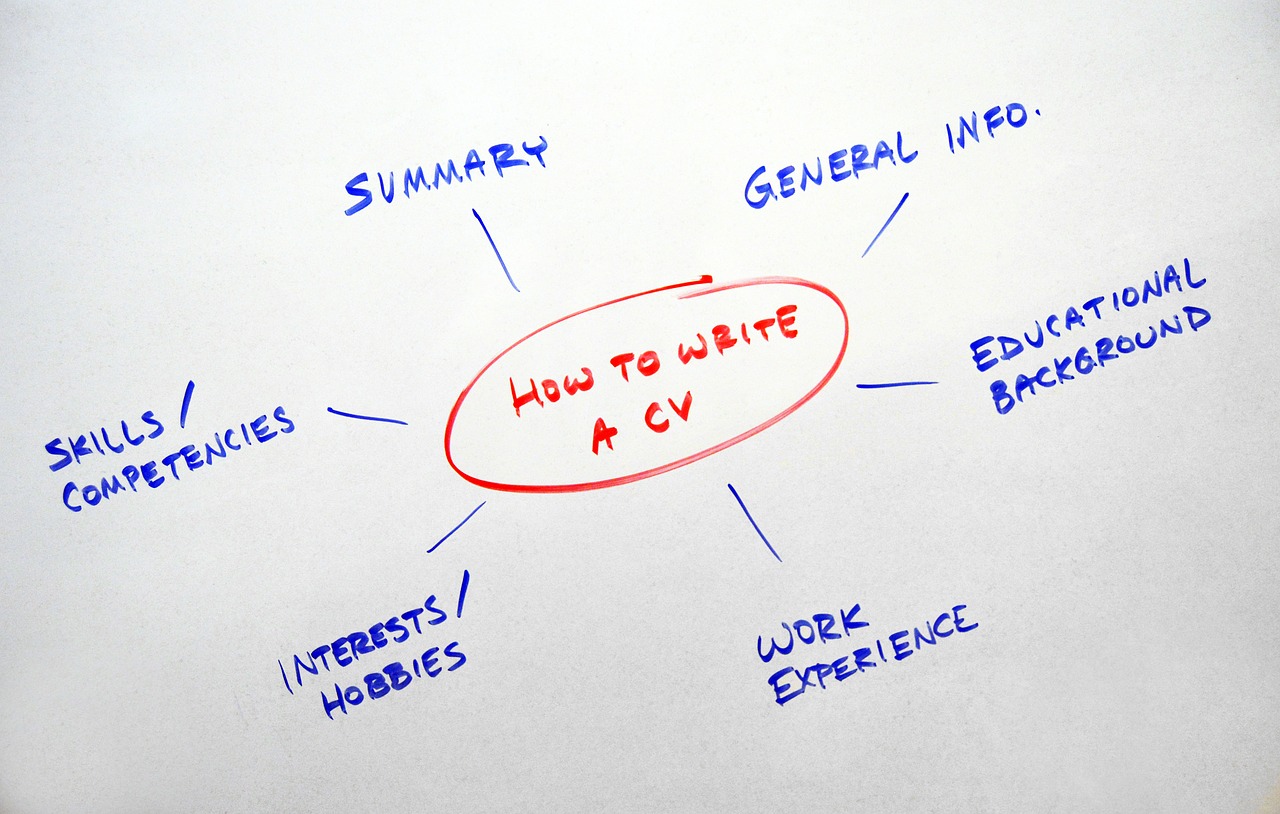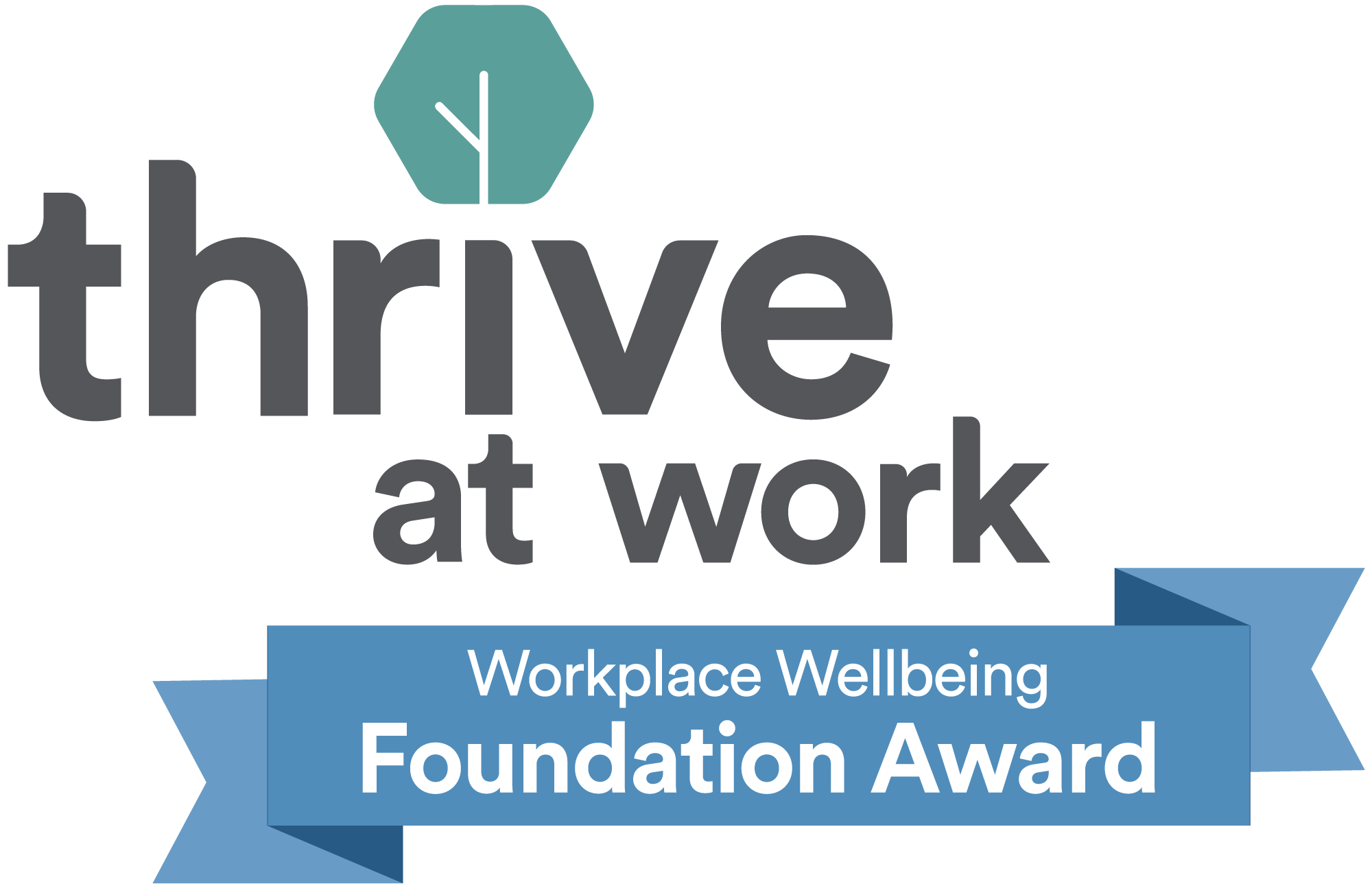Five Steps to Building a Better CV
Your CV. Your Curriculum Vitae. Your resume. Whatever you call it, it’s going to be the first point of contact between you and your potential next employer. It’s frustrating when a talented candidate with relevant experience destroys their chances of getting the right role for them by submitting a bad CV. Here are some key things to consider –
- Don’t overdesign it. You might think that laying out your complete work history as a table and putting your skills into a graph will make you stand out from other applicants but it very often makes CV’s difficult and unpleasant to read and fast-tracks your progress right into the recycle bin. Keep your layout clean, simple and consistent.
- Don’t use the same standard form CV for every job. Every role is unique and you should tailor your CV for the specific situation you’re submitting it to. Rewrite your profile to highlight the experience and skills you have that are most relevant to the job you’re going for. If you’ve worked in very different areas over your career, consider partitioning your job history into “Relevant” and “Other” sections.
- Be careful with Hobbies & Interests sections. I know candidates often worry that they appear boring if they don’t have one, but Hobbies on a CV can sometimes do more harm than good. I heard a story once of a hiring manager who loved rugby and had no interest in any other sports, so if a candidate said they were a big fan of football or golf, he’d find an excuse to bounce their CV – but CVs that didn’t mention sports at all were safe.
- Always do your career history in reverse chronological order. Most recent position first, earliest position last. I know, it seems obvious, but you’d be surprised. This way helps get the most relevant information to the person reading it first – people filtering through a pile of 40 CVs aren’t going to be willing to flip through several pages to find out if your current position makes sense as a stepping stone to their vacancy.
- Keep it concise. If possible, get your CV to fit on two sides of A4. If you can’t do that, make sure all the most pertinent information is on the first two pages. We’d all like to think that our CV is going to be read in full by anyone who sees it but sadly in situations where there’s a large number of applications to sort through in a short period of time, CVs are going to get either dismissed or approved quickly, almost always without a complete read through.
If you’re ever unsure about any aspect of putting your CV together, I’d always advise to keep it clear, concise and specific to the role you’re applying for. By putting the most relevant information in front of recruiters and hiring managers in an easy to read format, you give yourself the best chance of getting through to the interview stage.
If you’re seeking career advancement within Governance, Risk and Compliance, contact Kind Consultancy, and our specialist team will help you find and secure the right job for you.




